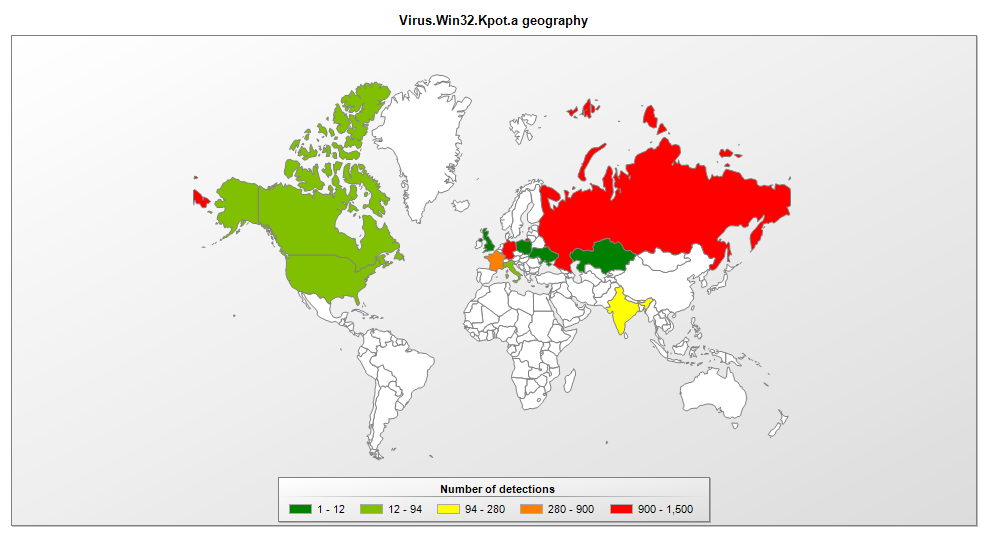KBOT penetrates users’ computers via the Internet or a local network, or from infected external media. After the infected file is launched, the malware gains a foothold in the system, writing itself to Startup and the Task Scheduler, and then deploys web injects to try to steal the victim’s bank and personal data. For the same purpose, KBOT can download additional stealer modules that harvest and send to the C&C server almost full information about the user: passwords/logins, cryptowallet data, lists of files and installed applications, and so on. The malware stores all its files and collected data in a virtual file system encrypted using the RC6 algorithm, making it hard to detect.

